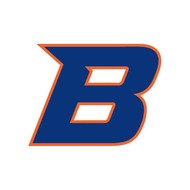Saylor Academy: ArtH101: Art Appreciation and Techniques
(View Complete Item Description)This resource is a complete text on the visual arts for a low level art appreciation course. It is most comprehensive on media, techniques, and methods, and less so on the art history timeline specifically. Material is commensurate with most art appreciation texts for college undergraduates on a 100 or 101 level course. The course is licensed under a Creative Commons Attribution 3.0 Unported License, with material credited to Washington State Board for Community and Technical Colleges, Smarthistory, and Khan Academy. The sections can be used individually and edited to suit specific class requirements. All images show licenses or credits, but might also be sourced separately.
Material Type: Assessment, Full Course, Reading, Textbook, Unit of Study




















